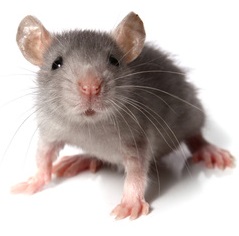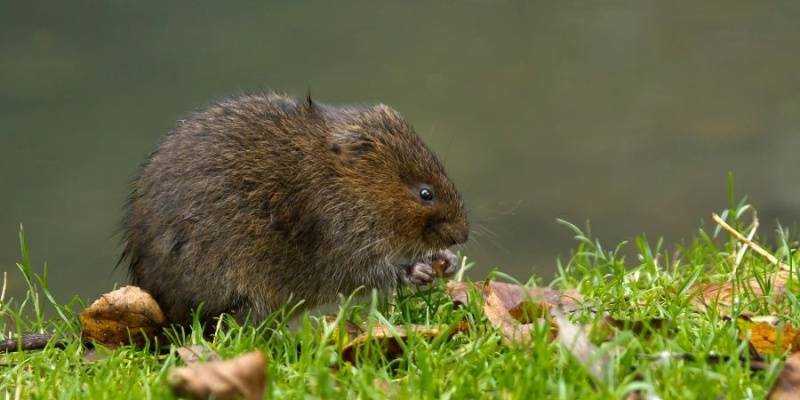The Ultimate Handbook for Vole Insect Control: Professional Tips on Problem Management and Treatment
Within the realm of pest control, vole problems offer a special difficulty that demands a tactical approach. As we delve right into the complex world of managing vole problems, a wide range of professional suggestions and treatment alternatives waits for those looking to recover their spaces from these relentless bugs.
Determining Vole Infestations
When evaluating for vole infestations, eager monitoring of particular indications such as paths and burrow systems is crucial for precise identification. Voles, tiny rats resembling computer mice, are known for the extensive network of surface runways they develop in lawn or compost. These runways typically have a size of concerning 2 inches and are kept clear of debris by the voles' constant use. In addition, vole burrow systems are another vital indicator of invasion. These delve entries are approximately 1.5 inches in diameter and lead to superficial passages that house nests and supply defense for the voles.

Avoidance Approaches for Voles
Efficient prevention methods for vole infestations include implementing positive measures to hinder these tiny rodents from creating damages to exterior spaces. Furthermore, regularly maintaining and mowing the yard turf cut short can dissuade voles from establishing nests.

In addition, keeping a clean garden with proper spacing in between plants can help lower vole-friendly habitats. Prevent overwatering your grass or yard beds, as voles are attracted to moist settings. By executing these avoidance techniques, you can effectively prevent voles and safeguard your outside rooms from infestations.
Effective Entraping Techniques
Carrying out critical trapping techniques is vital in effectively taking care of vole populations and lessening damages to outdoor areas. When establishing traps for voles, it is vital to put them in energetic runways or tunnel entries. Voles are known to comply with specific pathways consistently, making these prime places for trapping success. One effective capturing method is making use of breeze traps, which are designed to promptly and humanely kill voles upon activation. These traps ought to be examined consistently and reset as needed to ensure continual vole control. Furthermore, live catches can be utilized for those who favor to launch voles in other places after capture. When using live traps, it is necessary to move the caught voles far from the capturing website to stop their return. By employing a combination of snap catches and live catches purposefully, home owners can effectively reduce vole populations and shield their outside rooms from further damages.
All-natural and Chemical Treatment Options
To effectively manage vole populaces and minimize damages in outdoor environments, exploring all-natural and chemical treatment options is crucial. All-natural treatments use environmentally pleasant remedies that can help control vole problems without triggering harm to various other wild animals or plants. Planting vole-resistant plant life like daffodils, fritillaries, or crown imperials can hinder voles from invading yards or backyards. Additionally, producing obstacles with materials such as gravel or cable mesh can restrict vole access to prone areas.
On the other hand, chemical therapies can provide effective control in situations of serious invasions. Rodenticides consisting of zinc phosphide or anticoagulants like bromadiolone can be purposefully positioned in vole paths or tunnel redirected here entries. It is crucial to handle these chemicals with care to prevent unintended harm to non-target species. Prior to executing any chemical therapy, it is recommended to seek advice from with a bug control More hints professional to guarantee appropriate and risk-free application techniques. By incorporating chemical and natural therapy options deliberately, vole infestations can be taken care of efficiently while decreasing ecological impact.
Keeping a Vole-Free Atmosphere

Implementing all-natural vole repellents like castor oil-based products or predator urine can likewise assist in deterring voles from attacking your home. These repellents work by producing an unfavorable atmosphere for voles, encouraging them to look for shelter somewhere else. By incorporating go to this website these precautionary measures and maintaining a watchful method to vole control, you can produce a vole-free atmosphere that discourages invasions and advertises long-term parasite management success.
Conclusion
To conclude, successful vole bug control requires a combination of identifying infestations, applying avoidance approaches, using efficient capturing strategies, and taking into consideration natural or chemical treatment choices. By maintaining a vole-free atmosphere via these methods, house owners can effectively decrease and handle vole populaces on their residential property - vole pest control. It is essential to consistently keep track of for indicators of problem and take proactive procedures to protect against future vole problems
By accurately determining vole problems early on, ideal bug control steps can be applied promptly to reduce prospective damages to crops, yards, and gardens.
Having developed approaches to resolve vole infestations through all-natural and chemical therapies, the emphasis currently changes to keeping a vole-free setting for lasting parasite control.Applying all-natural vole repellents like castor oil-based items or killer urine can also aid in deterring voles from attacking your residential or commercial property. By integrating these precautionary procedures and keeping an attentive technique to vole control, you can produce a vole-free environment that discourages problems and advertises long-lasting insect management success.
In conclusion, effective vole bug control needs a combination of recognizing problems, applying prevention techniques, utilizing effective trapping strategies, and thinking about natural or chemical treatment options.